Hong Kong's Disappearing Street Vendors
Once commonplace, why is this Hong Kong business tradition dying?
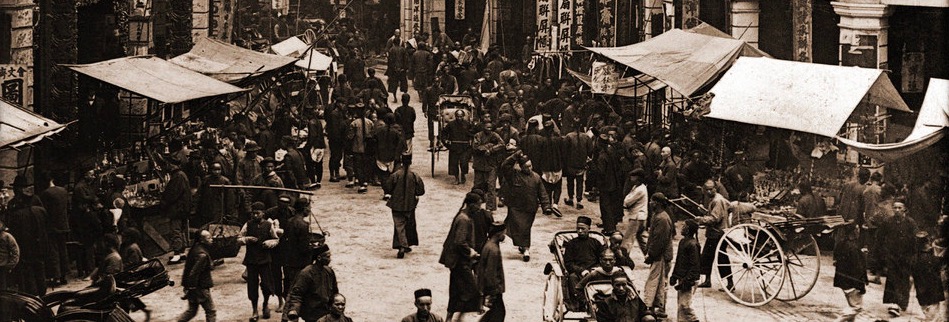
The above image, taken in 1902, depicts Queen's Road in Hong Kong - a location that remains just as busy today as it was over a century ago. Aside from the bustling atmosphere, there is another hallmark of Hong Kong that has also withstood the test of time - the presence of Hong Kong's iconic street vendors. All throughout the 20th century, street vendors, or hawkers, as they are commonly referred to, have been filling Hong Kong's streets with the sights, sounds and smells of their exciting wares. Indeed, [1]"hawkers have been peddling their wares on the streets of Hong Kong since there was little more than a fishing village on the island."
The Peak of Hong Kong's Hawker Culture
From the 1940s to the 1960s, there was a large influx of mainland Chinese migrants into Hong Kong due to political instabilities back on the mainland - namely the Chinese Civil War and Cultural Revolution. It was during this time that the number of hawkers in Hong Kong really exploded, as many of the Chinese immigrants were unskilled workers whose only option was to become hawkers. Indeed, [2]"according to the Hong Kong Hawkers Association, there were an estimated 70,000 or more street hawkers in Hong Kong in 1949." At its peak, it is estimated that [3]"nearly one in six of the population made a living by selling their wares in the open." At that time, hawkers and their goods were so in demand that [4]"Hong Kong's colonial government understood that street peddling was a lifeline for society's economically disadvantaged." In fact, all the way up until the 1960s, hawker culture thrived in Hong Kong and was generally seen as a vital and vibrant part of the city's economy. It not only helped many come out of poverty, but also bolstered Hong Kong's street food culture.
(Temple Street, Hong Kong - 1950s) (Aberdeen District, Hong Kong - 1950s)
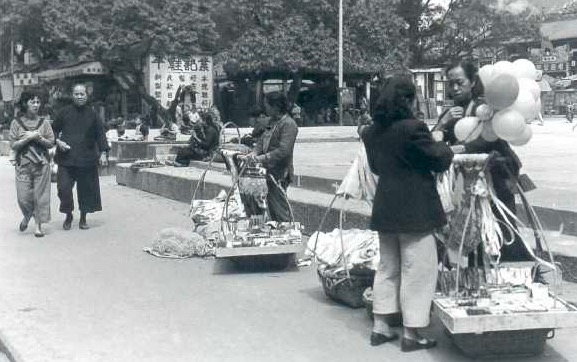
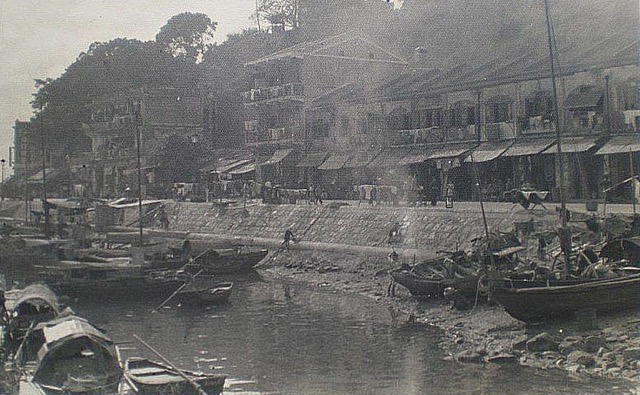
A Shift in Perception
In the 1970s, there was a further influx of hawkers operating in Hong Kong; many of which did not have licenses. While the colonial government had been willing to turn a blind eye to these types of practices in the past, hawkers were beginning to be seen as a nuisance that blocked up streets and caused a mess wherever they operated. This was all in lieu of the growing number of illegal hawkers operating without a license. The colonial government's shift in mentality saw to it that new licenses were severely limited by 1973. An advertising campaign was also run with the sole purpose of making street vendor food look dirty, unhygienic and untrustworthy.
(Street vendors still operate in 1974 despite mounting government pressure)
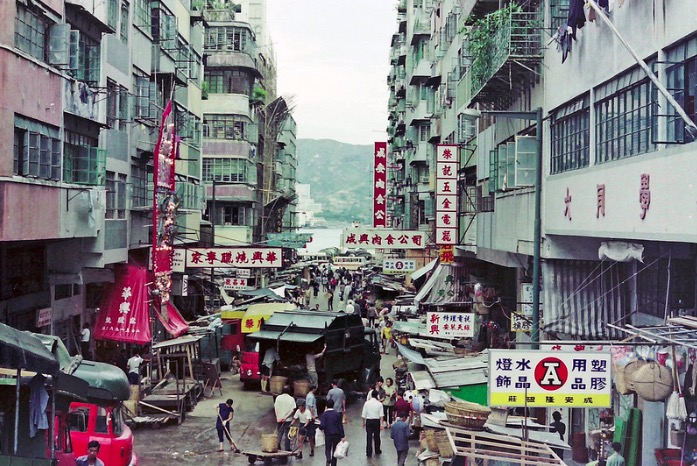
Hawkers Fight Back
The following decades were not kind to Hong Kong's hawkers. Their numbers began to shrink as officers were sent to patrol areas where hawkers operated without licenses. Hawkers would avoid trouble with police officers by [5]"pay[ing] them off, HK$5 at a time." some hawkers even set up a scouting system whereby they would be notified whenever officers were on the way for an inspection. This would give them enough time to shut shop and avoid paying fines.
Further Crackdown
By the time the 1990s rolled in, hawkers were facing the most torrid time in their century-long existence in Hong Kong. Tolerance for hawkers had reached an all-time low as the government continued to see hawkers as a nuisance. Food and Environmental Hygiene Department officers were given the right to confiscate property and make arrests if they located any hawkers selling wares without a license. The new policy was so aggressive, in fact, that hawker numbers began to plummet. In 2016, there were only about 5,500 hawkers left, a far cry from the 70,000 that served Hong Kong's streets in the late 1940s.
(A distinct lack of street vendors around Hong Kong Walled City in the 90s)
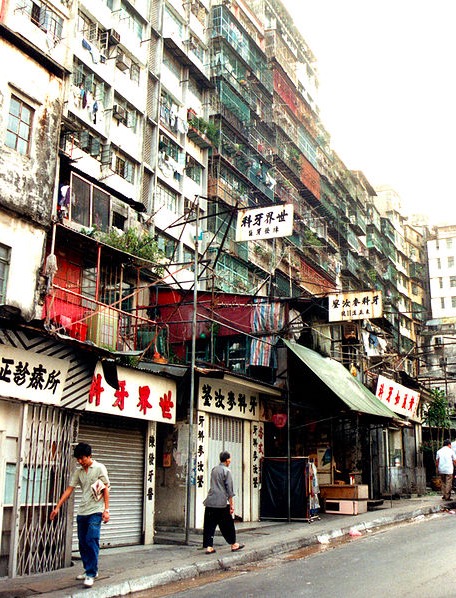
Is it too Late?
Amid rising tensions, hawkers have either left the industry or doggedly resisted repeated attempts to be removed. Thanks to public pressure to keep Hong Kong's hawker street food culture alive, the Hong Kong government has attempted to spark a small revival in hawker culture. A food truck program was created to allow certain vendors the ability to sell food at local Hong Kong landmarks. Temporary food bazaars have also been set up, where hawkers can sell their wares during special public holidays. While some see this shift in government policy as a promising sign, others are less-optimistic. There are now only around 200 licensed hawkers left in Hong Kong. With rising rent prices and the onslaught of commercialism, it is believed by many that there will soon be no hawkers left. Dr Leung Chi-yuen, a specialist in hawker policy from Hong Kong's Polytechnic University, claims that [6] hawkers are now in their nineties and won't slowly be phased out, but rather, will all disappear all at once when they reach a certain age.
(Once commonplace, it's getting increasingly tough to find roadside roasted chestnut sellers in Hong Kong)
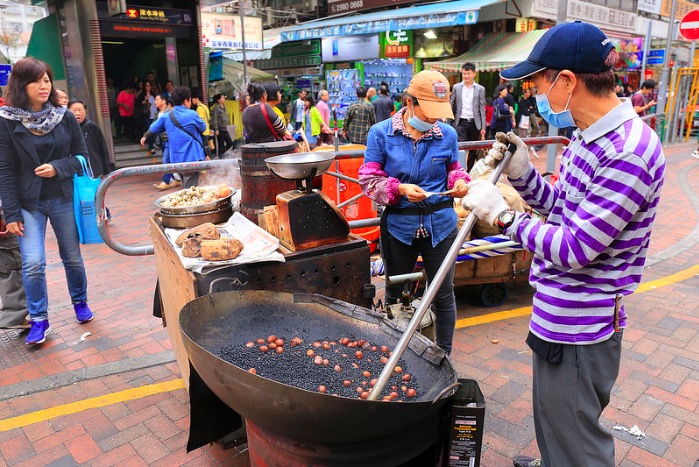
[1]https://www.scmp.com/magazines/post-magazine/long-reads/article/3001878/hawkers-hong-kong-and-los-angeles-two-cities-two
[2] http://multimedia.scmp.com/hawkers/
[3]https://www.scmp.com/magazines/post-magazine/long-reads/article/3001878/hawkers-hong-kong-and-los-angeles-two-cities-two
[4]https://www.scmp.com/magazines/post-magazine/long-reads/article/3001878/hawkers-hong-kong-and-los-angeles-two-cities-two
[5]https://www.scmp.com/magazines/post-magazine/long-reads/article/3001878/hawkers-hong-kong-and-los-angeles-two-cities-two
[6]https://www.scmp.com/magazines/post-magazine/long-reads/article/3001878/hawkers-hong-kong-and-los-angeles-two-cities-two